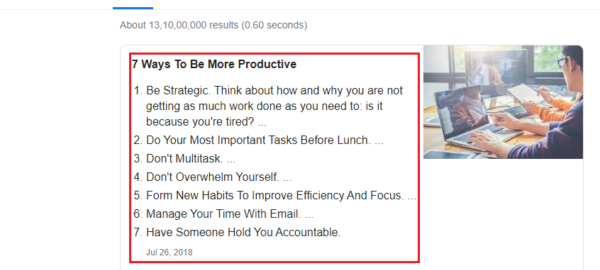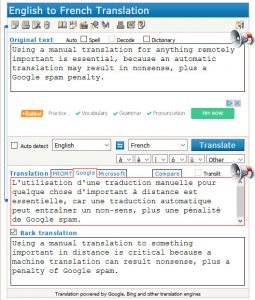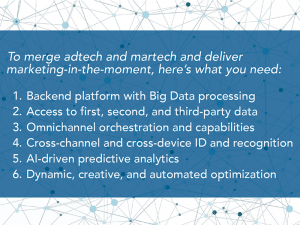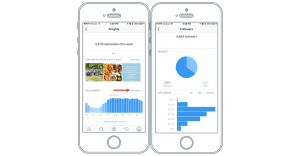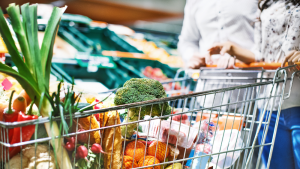When you ask professionals how to get customers, some will suggest that you go for SEO, while some offer paid advertising advice as a shortcut. Some believe in creating tons of content daily. As effective as they both are, one strategy is nothing without the other.
The internet world is flooded with content. Each day, users publish over 4 million blogs, making it even more challenging for marketers to stand out from the crowd. You have more chances to survive a plane crash than you do to get users to read your content. Additionally, new tactics, tools, search engines, smart devices, and marketing channels are cropping up to increase your struggle to reach the right audience.
How could one strategy deal with all these challenges?
What your brand needs is an entire digital marketing ecosystem that covers everything to reach users across the world.
Digital Marketing Ecosystem
Digital marketing is an effort to spread the word of your brand across various digital channels, including search engines, social media, mobile applications, web applications, influencer marketing, emails, etc.
Oh, yes—it’s all that and more!
Implementing all these strategies will give your site an entire digital marketing ecosystem that leaves no stone unturned and will be the first choice for users.
Today, I will simplify strategies that businesses need to create an appropriate digital marketing environment for their sites.
Let’s start with every marketer’s favorite: SEO.
SEO
As you already know, SEO stands for “Search Engine Optimization”,the art of ranking high on search engines organically (i.e., unpaid).
Within SEO, there are three big sectors. Let’s dive into each.
On-Page SEO
Each year, Google makes thousands of changes to its algorithms. Data tells us that in 2018 alone, Google made 3,234 updates (i.e., nine per day). It’s impossible to keep up with Google’s frequent changes, coupled with changing user behavior. But one thing that will help you keep an upper hand is on-page SEO.
On-page SEO optimizes your webpages to rank higher and obtain more relevant traffic. One common on-page SEO practice is optimizing titles and meta descriptions.For example, if I search for “top home-based exercises”, an article titled “At-Home Workouts”, along with a description that repeats the same keywords, pops up first on Google.

It goes without saying that the page is well-optimized for search engines and earns relevant traffic, too. Not only the title and descriptions, but the entire content is well-optimized for search engines, as well as users.
Placing keywords within the content helps search engines and users understand the content faster. That doesn’t mean you need to stuff keywords into your content;it simply means that you need to make your content relevant to user queries.
Technical SEO
Technical SEO fixes the nuts and bolts of your website. It’s apart of on-page SEO. It includes 404 errors, page speed, duplicate content, etc.
- Page Speed: Studies have shown that users are quick to leave sites that take more than three seconds to load. Google’s current guidelines favor websites that take three seconds or less to load content. So, speedier equals better for users and search engines.
- Duplicate or Missing Content: Duplicate content means the same content is available from multiple URLs. Search engines can’t decide which URL to display, and the problem gets worse when users start linking to different URLs with the same content. As a result, it harshly impacts your site’s ranking, which leads to less traffic.
- 404 Errors or Broken Links: Another way to lose rankings and tons of traffic is to have broken links on your site. Many sources might be linking to your site, but if any of them are broken, you will lose traffic unknowingly.
The moral of technical SEO is to keep your site up-to-date and free from duplicate content and broken links.
Off-Page SEO
While on-page SEO is all about operating upfront; off-page SEO is like working behind the scenes. The results are still visible. Off-page SEO includes link-building, social promotion, guest blogging, writing promotional content to publish on other sites, etc.
Local SEO
Local SEO optimizes your business to attract local audiences.
The trend of “best things near me” is picking up the pace. Users are becoming addicted to asking Google to find the best services available nearby. According to HubSpot, 46% of Google searches are local. And Google is good at offering the best options, furnished with reviews, locations, and suggestions in its featured snippets.
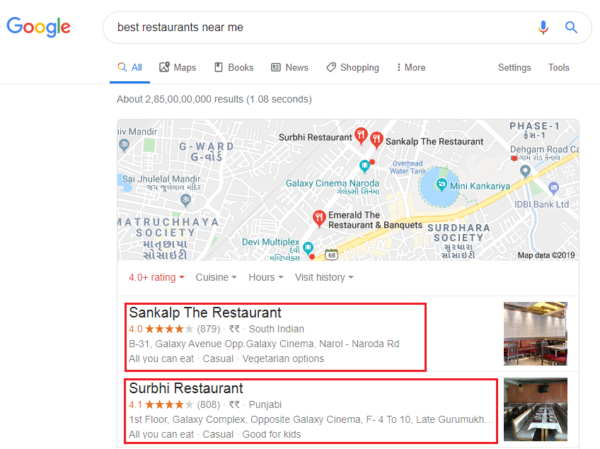
Users don’t even need to click the website link, as they get all the information available on SERPs. If you want to win over users without needing them to click, then local SEO must be a part of your entire marketing strategy.
Keyword Research
Keyword research resides at the center of digital marketing ecosystem.
Keywords are what you search for on search engines (e.g., asking Google how to do this-or-that; searching for new events, etc.). Everything you type into Google are keywords.
Brands have to analyze keywords, and the intention behind those keywords, to understand exactly what users are looking for. Based on this,they must create content.
For example, if I search for “how to be a storyteller”, my intention (i.e., user intent) behind the keywords is that I want to be a storyteller. I am someone who works in a field of creating stories for people,or maybe I want to improve my social skills to impress others. This provides the answer to who your audience is.
Therefore, a guide that will teach me how to create stories without eating up too much time will be my first choice on search engines.
Here’s what I found interesting based on my keywords and intention:
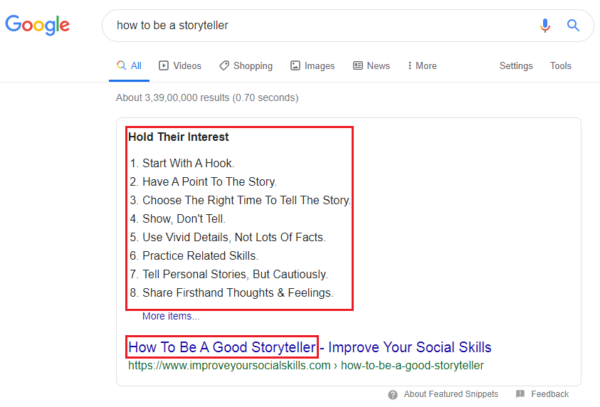
A good SEO strategy is using a mixture of keywords that match well with the user’s query and intent.
Link Building
In a Q&A with Google, Andrey Lipattsev, a Search Quality Senior Strategist at Google, spilled the beans on Top 3 Ranking Factors:
- Links
- Content
- Rankbrain
Links are one of the top ranking factors. Brian Dean confirmed with his key findings that the sites that save the first spot on Google are supported by backlinks. He found that domain diversity has a significant impact on rankings.
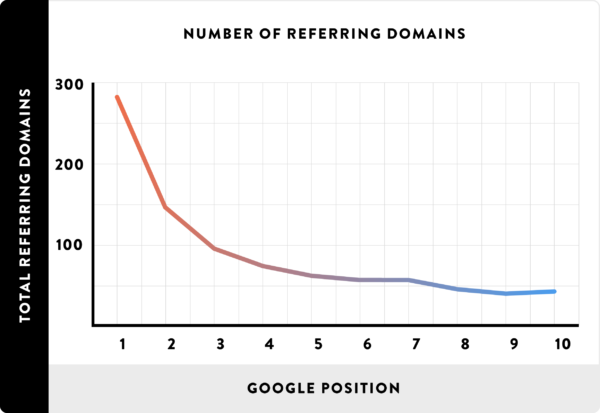
The more backlinks a site has from different sources;the better it ranks.
But not just any backlink. Brian also found that those backlinks were coming from the highest-ranking authorities. That means sites featuring high-quality links, diversified sources, and valuable content win the top-ranking cases.
Content Preference
High-value content, as always, is the heart of digital marketing. Google rewards those who create content that answer user queries or give them a solution to their problem.
To create content that adds value, you must know what the user’s intent is, and the most preferable form of content. Is it text, images, videos, or audio?
For example, a recipe researcher would be more interested in YouTube videos than an article depicting the details of ingredients. Each time I search for a recipe, YouTube videos pop up first on Google.
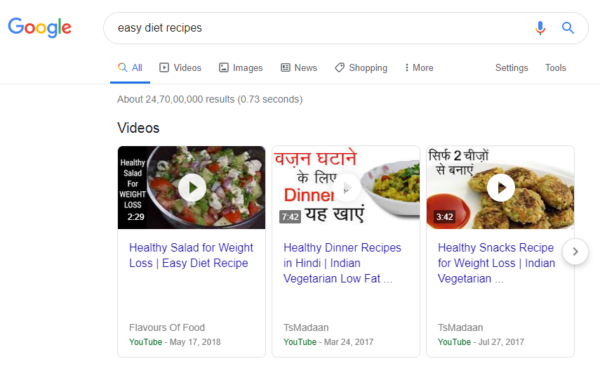
Marketing Beyond Google
It’s time to move beyond Google.
According to a report by Jumpshot, Amazon has surpassed Google in terms of product searches.
Now, users’ only option isn’t Google anymore. They jump to Amazon to purchase products,or they switch to iTunes to listen to the latest podcasts. Personally, my go-to URL is YouTube when I am in search of learning something new without having to bother to type some words in to a search engine.
In 2020, based on user content preferences, the choice of search engines will also change. If you want to sell products, it’s better to have a store on Amazon. Or, if you are a marketing agency, it’s time to create videos displaying your tips. The famous writer Neil Patel creates articles, videos, and audios to spread his marketing tips in different formats across all corners of the internet world.
Native Advertising
Native advertising is the paid version of content. As the name suggests, “native” refers to advertising that’s native to the channel promoting it. For example, a news website will promote articles that are relevant to the news.
Forbes’ BrandVoice is a good example of native advertising content:
As you can see, it doesn’t look like a banner ad or display ad;rather, it looks like a part of the content that you are already reading. It’s completely native to the channel and relevant to Forbes’ readers.
Native advertising is more effective these days, as it doesn’t force ads on users. On the other hand, it offers a vast amount of knowledge and attracts relevant traffic. SEO takes months to spread brand awareness; however,native advertising gives a quick boost to your content. Combining both SEO and native advertising will shorten the period it takes to become word-of-mouth.
InterAd, Inc shares a case study in which the company created an SEO environment in sync with native advertising for a multi-language e-commerce company named K-Beauty Skincare. Within a few months, the traffic skyrocketed, growing 8X more along with conversion.
See the results yourself:
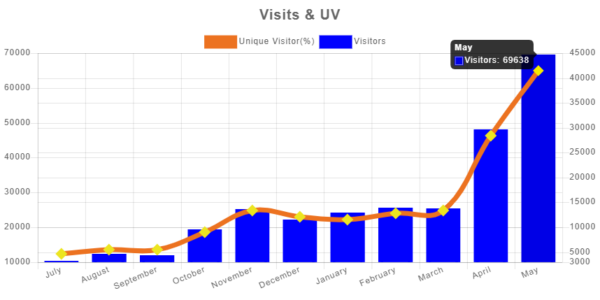
Social Media Marketing
Social media is another place where users spend most of their time—although it is not a place where users come to search;they don’t mind scrolling through Facebook all day and reading the stories shared by others.
What’s the harm in slipping your stories into the mix, too?
With a social media presence, you are not forcing users to read your content. Rather, it’s more like inviting them. It’s their decision whether they come or not.
If users are interested, they will like your content, share it with others, and even comment on it. Getting engagement on social media is a validation for search engines; it shows that your content is worth ranking high.
You can mix free social media marketing tactics with paid ones. As I am regular Instagram scroller, I often bump into video ads that look interesting to me but don’t feel like ads. Obviously, they are native to the channel and tempting enough to lead users towards conversion.
Search Engine Marketing
Search Engine Marketing (SEM) is buying ads from search engines to gain website traffic. An example of this is those promotional ads you see before organic results:
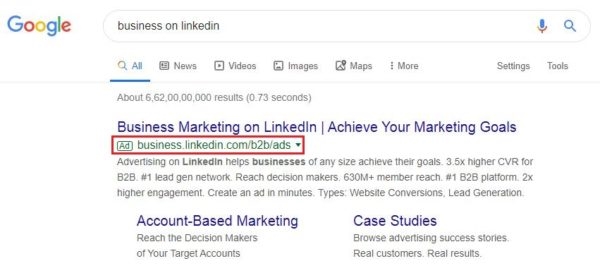
SEO makes you wait for months to reach the result, while paid ads help you make your way to the top of search engines. Since it’s the first thing users see when they search for something; brands get lots of hits in one go.
That doesn’t mean you should abandon all other methods and focus only on paid ads. Studies show that paid ads receive only 3.4% clicks, as compared to 38.5% clicks of organic results. Organic results, as always, are the winner. Paid ads are just a way to get a quick boost in traffic, while organic marketing takes time to work its magic.
Quality Signals
Do you know how Google decides the ranking of your site?
By measuring quality signals.
Google’s algorithm looks for four quality signals to rank your site:
- Content Readability: Is your content easily readable and understandable?
- Content Quality: Does your content add value to the user’s experience? Does it answer the user’s query? Does it offer what users are looking for?
- Backlinks: How many external sources are linking back to your content? What’s the quality of those external sources?
- Social Mentions: How much engagement is your content receiving from social media?
The answers to all those questions are why your site ranks either high or low. Maintaining these four quality signals earns you high rankings on search engines.
Influencer Marketing
As the age of social media is rising, so is the trend of influencers. These social media stars are no less than celebrities for users. Whether users read your content or not;they will surely listen to an influencer who promotes your products.
Read these stats to know the effects of influencer marketing:
- Four in 10 millennial subscribers believe that their favorite influencers understand them better than their friends;
- 53% of women made purchases inspired by influencers’ posts on social media;
- 49% of consumers rely on influencers’ recommendation for making purchases; and
- Influencer marketing earns $ 6.50 for every dollar
If influencer marketing is not on your agenda yet, then you are losing a big opportunity to reach users quickly.
Email Marketing
Old is gold!
Once you get access to customers’ email (with their permission), email marketing turns into one of the most effective marketing channels. With 4,400% ROI and $ 44 in front of every $ 1 spent, email marketing can beat all other trendy marketing tricks.
Email marketing is an open door to consumers. Your content directly reaches the consumer, which acts as an invitation to use your products and services.
Featured Snippets
Almost all answers appear on featured snippets, so users find little need to click on website links—let alone read content.
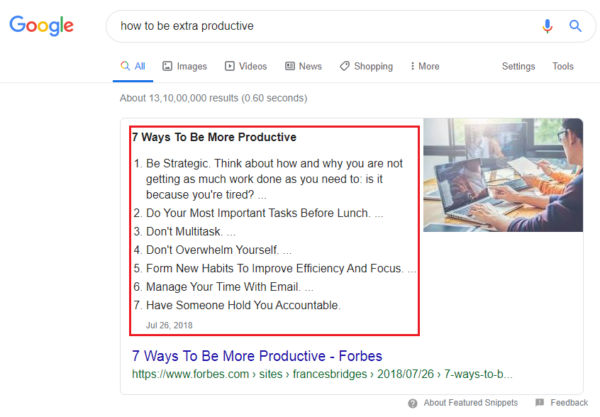
34.4% of desktop results never get clicked on. On mobile, no-click results have reached 62.5%.
Now, the fight is not about winning clicks; rather, it is about winning customers with zero clicks.
Featured snippets are the way to do this. They create valuable content that answers users’ common queries. Google fetches the best content across the internet and gives it a place in featured snippets as a reward.
Optimizing for Different Devices
Mobile has already surpassed desktop searches. Devices such as smart watches and smart TVs are becoming part of users’ daily lives. Keep your site flexible to function on many devices. Otherwise, you will end up losing potential customers who use devices other than desktops.
Voice Search
ComScore predicts that by 2020, 50% of all searches will be voice searches. That means that users will start talking to Google in a conversational tone (i.e., long-tail keywords). You must optimize all your content for long, conversational keywords to answer users’ voice search questions.
Is it Too Much?
Time and money are both essential to create an entire digital ecosystem that serves all traffic from various channels and devices. But if you take a smart approach, you can make ends meet. For example, Gary Vee creates 64 pieces of content in a single day. He break one long-form content into different formats,such as audio, video, images, etc.
It’s not about hard work, but smart work.
My last piece of advice is to keep up with the trends. Keeping track of what’s next and changing user behavior is the key to successful branding.
Digital & Social Articles on Business 2 Community
(43)
